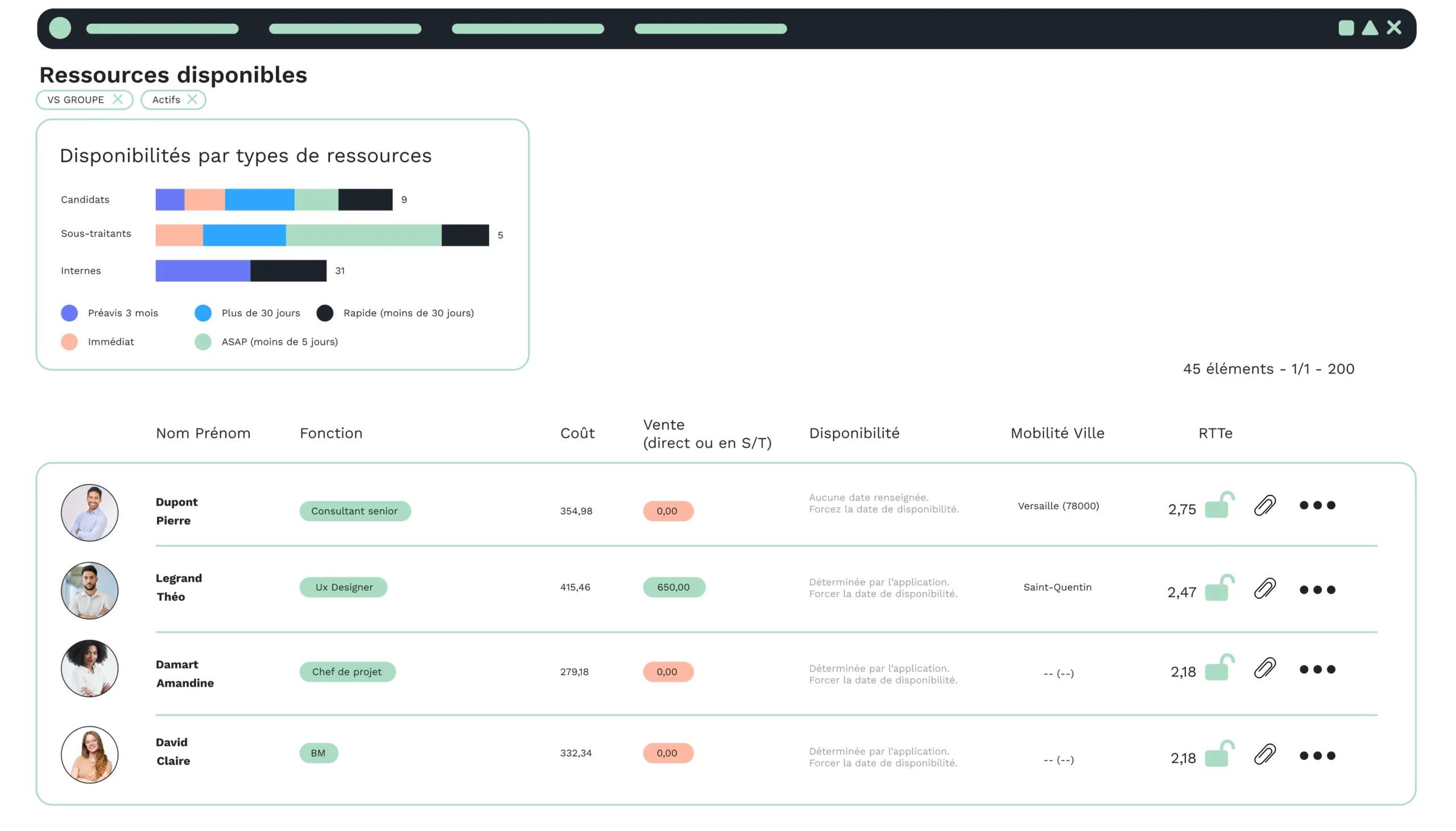What is cooptation?
Co-optation is a rather unusual recruitment technique: it’s the act of recommending someone in your network for a position.
Ah, that’s it! Everyone knows what it’s like then!
Co-optation is used more and more. In 2017, it accounted for no less than 37% of executive recruitment!
There are 2 different types of co-optation:
- Internal co-optation is when the company encourages employees to recommend someone. This encourages commitment.
- External co-opting is when a company calls on a network of external co-opters! And yes, employees aren’t the only ones who can recommend.
In both cases, companies generally pay a co-optation bonus to the co-optor.
What are the advantages of cooptation?
- Maintain cultural consistency, as existing employees are in a better position to select people who share the same values and vision.
- Have a faster process than traditional recruitment methods, as employees recommend people they trust.
- Reduce recruitment costs, by eliminating the time wasted promoting vacancies, or by using external recruiters.
- Motivate and engage employees who will play an active role in recruitment.
However, there are also potential disadvantages to co-option, such as the possibility of perpetuating inequalities and promoting cultural homogeneity within the organization. That’s why it’s important to vary recruitment methods and not just focus on co-optation!







